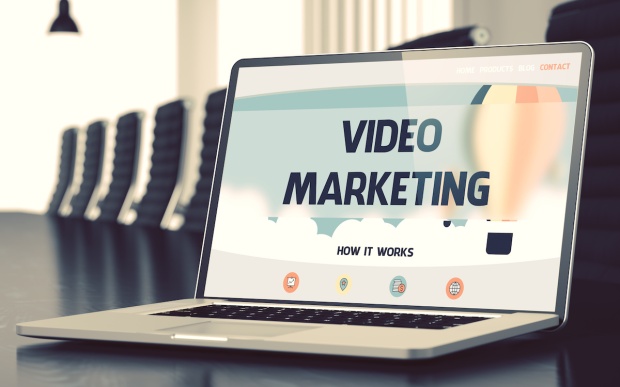by Tim James
It is a well-known fact that video marketing is the most desired and powerful way to engage customers. There are many ways to use video to engage customers including explainer videos, video walkarounds of vehicles, live interactions, and more. Most of these are either customer-initiated engagements via a submitted form or an inquiry to dealers. A good best practice is to send all leads video introductions. But… what happens if they don’t respond to your video introduction? If you aren’t working with a technology provider that allows you to have real-time alerts when someone views your delivered videos, then you won’t know if or when the consumer opened it, and you won’t know when the best time to follow up with each individual is.
A friend of mine had an interesting experience recently that truly shows the power of video. They had purchased a Buick from a dealer that was one hundred miles away. The salesperson delivered the car to his house, it was after dark when it arrived and the salesperson did a poor job of explaining the features. Six months go by and the weather starts to get colder. The friend decided to tweet that he had just discovered (by accident) that the Buick had a heated steering wheel and he was excited! A local dealership replied to his tweet with a message along the lines of, “Isn’t that cool! Here is a video walkaround explaining all of the features you may not know your Buick has.” Even though he didn’t buy the car from them, eventually it will need to be serviced. Out of all of the competing dealerships that he COULD take his vehicle to for service, which one do you think will be top-of-mind? Now fast forward a few years when it is time to purchase another Buick. Who do you think my friend “likes” and “trusts” more, the Buick dealership 100 miles away, or the local dealership that went out of its way to assist him, even though he didn’t purchase from them?
According to this article, 96 percent of consumers have watched explainer videos with 7 out of 10 stating that the explainer video convinced them to buy that product or service.
How do you think this one dealership, out of the many in the United States, found this local person asking a question (or discovering a new feature in this case) and knew he was someone with whom they should interact? Everyone can access social platforms regardless of geography. All platforms use hashtags (in this case #Buick) to read and listen to conversations about those topics. Some can also filter hashtag conversations geographically. In this specific example, going above and beyond and simply replying to my friend’s posting with a video earned this dealership brownie points, and awareness and started a conversation that can lead to brand loyalty.
Imagine using the same hashtag and discovering a post on social media about a horrible experience a customer had at your competition? You could then respond with a personalized video to them, sympathizing with them about the experience and inviting them to your dealership, informing them that they will not have a repeat of that experience with you – that you will take care of them.
Video introductions result in increased response rates and additional engagement, and you start building a relationship between the salesperson and the customer that a text-only email cannot accomplish.
Being “aggressive” isn’t bad if you do it right – with the intent to “help” and not “sell.” The conversation should start around questions asked and include solutions to their problems. Not “buy from me,” but rather explainer videos that you’ve already made that can then be personalized for that person. Listening, caring, and helping are great. Combine that with video and you’ll hit a grand slam.
Posting videos on social media is a great way to have fun and get attention. But posting videos with a purpose will make you money.









